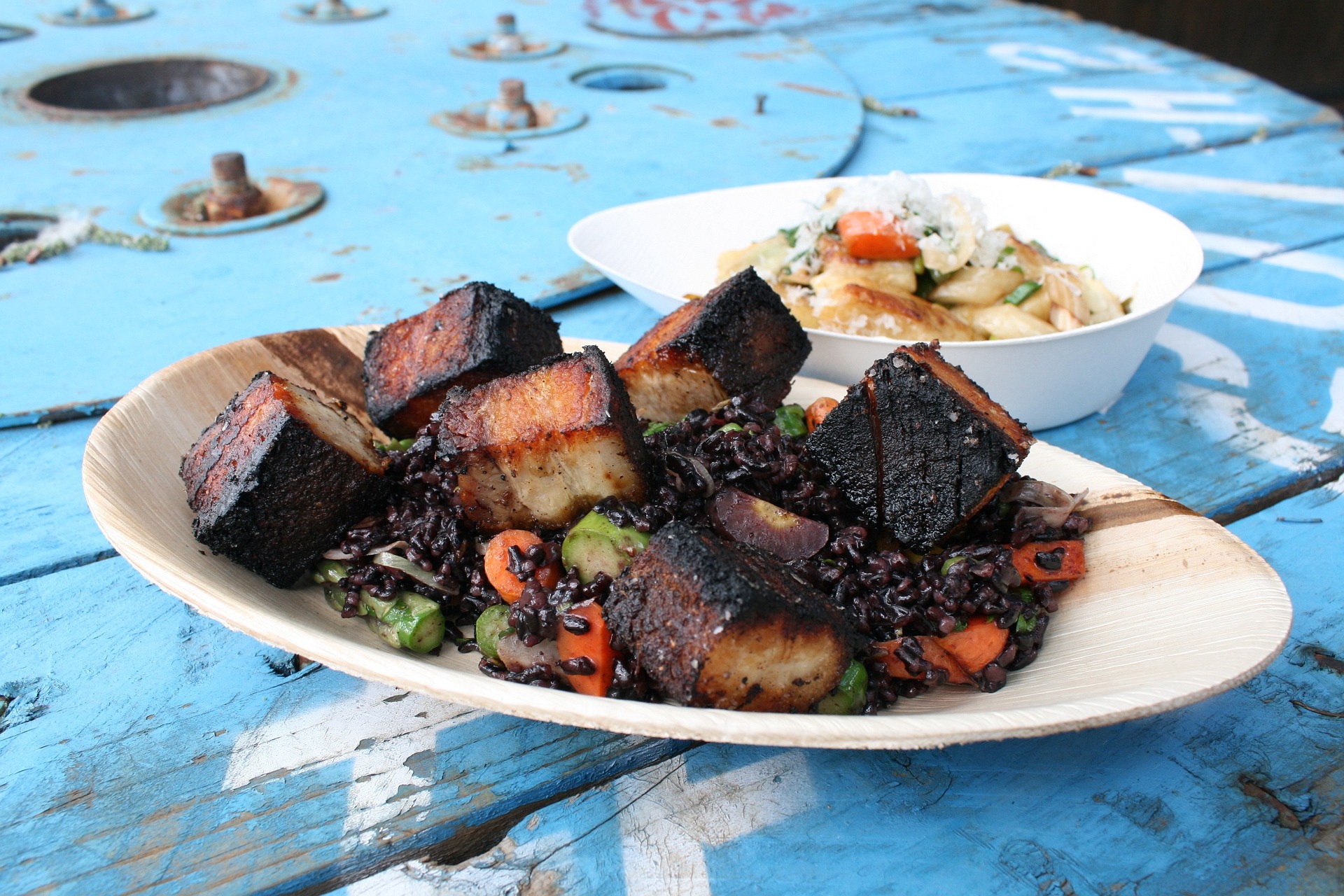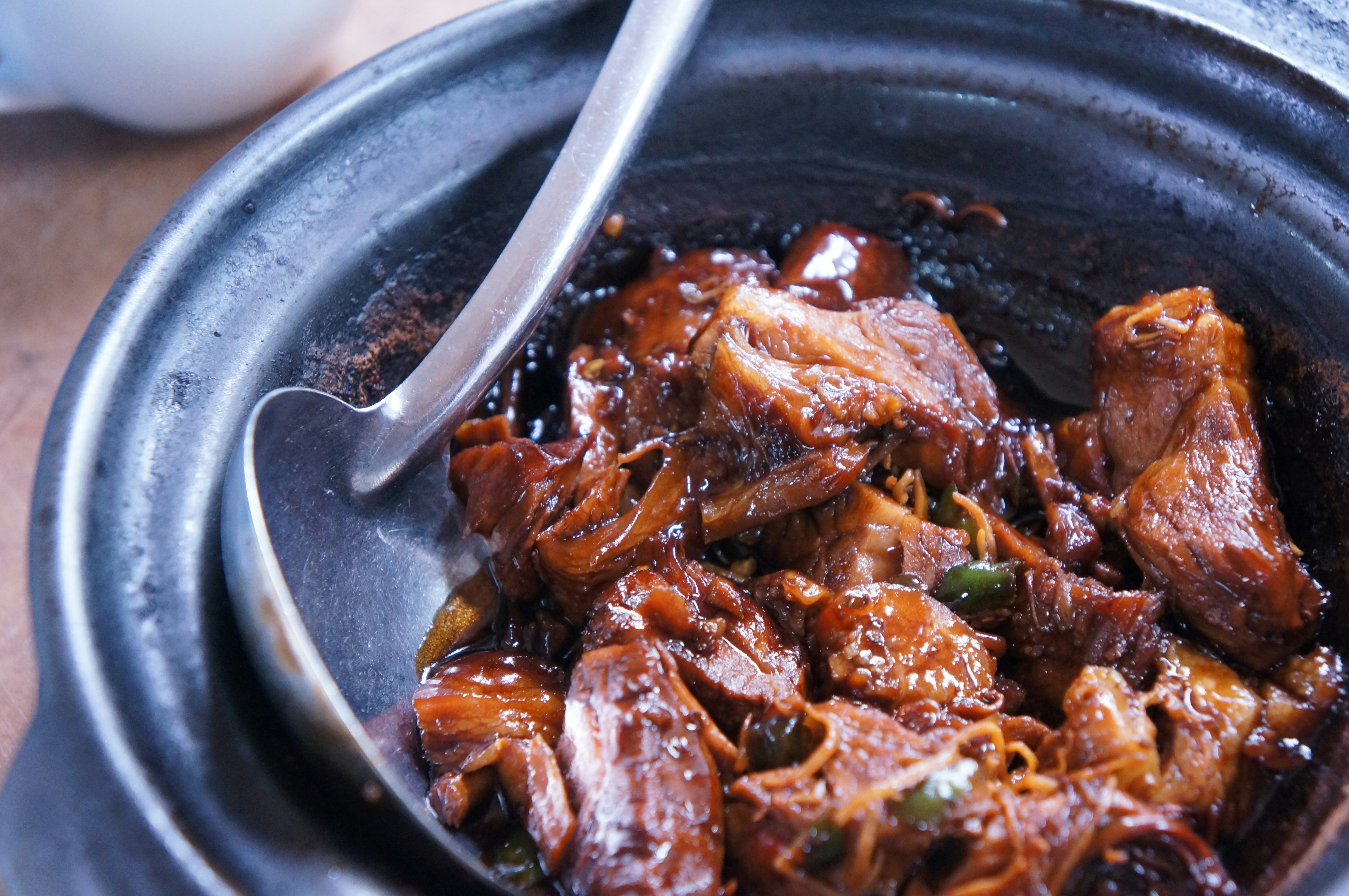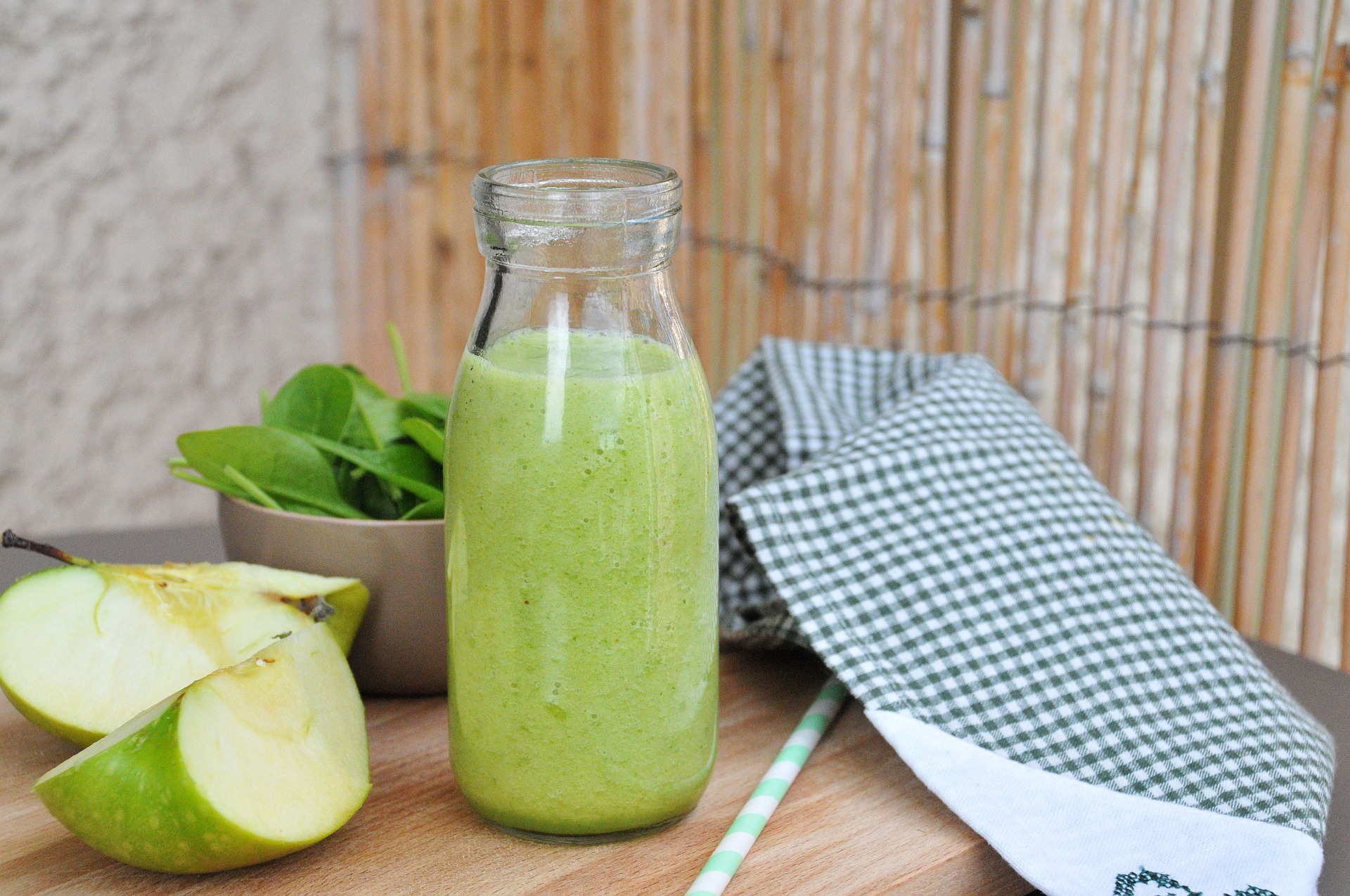Flavor on Fire: Exploring the Art of Charred Cuisine
Charred flavors are making waves in the culinary world, with chefs and home cooks using controlled charring to add depth and complexity to dishes. This article dives into the techniques, unique ingredients, and health considerations surrounding this trend, inviting you to explore the smoky side of cooking.
1. What Is Charred Cuisine?
Charred cuisine is all about intentionally adding a smoky, burnt edge to food, but without overpowering flavors. Whether using a stovetop, grill, or even an open flame, chefs apply heat until surfaces are darkened, adding layers of smokiness that can’t be achieved any other way. Charring can enhance the natural sweetness of vegetables, intensify the flavor of meats, and even add unexpected dimensions to desserts. This technique isn’t about burning the food but creating a controlled level of caramelization that highlights complex flavors.
2. The Science of Charring
When food is exposed to high heat, the Maillard reaction occurs, where amino acids and sugars react to produce browned, flavorful compounds. Charring also adds pyrolysis—a breakdown of carbohydrates and proteins due to extreme heat—that results in unique, smoky notes. For vegetables, this process can enhance their natural sugars, creating a sweet, almost caramel-like taste. The contrast between charred surfaces and tender interiors brings an exciting dynamic to each bite, making charred cuisine a sophisticated choice for flavor enthusiasts.
3. Key Ingredients for Charring
Not all foods are ideal for charring, but some ingredients benefit greatly from this technique. Here’s a look at some top choices:
- Vegetables: Zucchini, bell peppers, corn, and broccoli all take on a smoky, sweet taste when charred. Root vegetables like carrots and beets develop a unique richness.
- Proteins: Meats like steak and lamb are classic choices for charring, but tofu and halloumi cheese can also handle high heat beautifully, absorbing smoky flavors.
- Fruits: Yes, fruits can be charred too! Pineapple, peaches, and watermelon take on a caramelized flavor that’s perfect for savory-sweet combinations.
- Bread: Charring bread adds an extra layer of crunch and smokiness, making it an ideal choice for rustic, open-faced sandwiches or hearty soups.
These ingredients are perfect for experimenting with charred flavors, adding depth and interest to even simple dishes.
4. Techniques to Master the Char
There are several ways to incorporate charred flavors into your cooking. Here’s a breakdown of methods to help you get started:
- Grilling: Perhaps the most popular way to char, grilling over direct heat gives food a smoky edge with beautiful grill marks. For veggies or lean cuts, consider marinating them first to prevent dryness.
- Broiling: Broiling is an easy way to add char in the kitchen. Place ingredients close to the broiler and watch carefully; this method works particularly well for adding a crust to proteins or caramelizing vegetables.
- Torching: This method involves using a culinary blowtorch to quickly add charred edges to delicate foods. Torching is ideal for ingredients like marshmallows, sushi, or desserts where you want to add smokiness without fully cooking the food.
- Cast Iron Skillet: Using a preheated cast iron skillet is perfect for quick charring. Get the pan piping hot, add a light coating of oil, and sear the food until you see a dark crust form.
Each technique provides a different level of smokiness, allowing you to experiment and find the ideal method for your recipes.
5. Health Considerations of Charring
While charred flavors are delicious, there are health considerations to keep in mind. Charring food can produce compounds like PAHs (polycyclic aromatic hydrocarbons) and HCAs (heterocyclic amines), which are associated with certain health risks. However, there are ways to reduce exposure:
- Limit Cooking Time: Avoid over-charring by removing food once it reaches the desired level of browning.
- Use Marinades: Marinating foods can reduce the formation of harmful compounds. Try a mix of olive oil, lemon juice, and herbs for a flavorful marinade that also helps protect food during cooking.
- Focus on Vegetables: Charring vegetables typically produces fewer harmful compounds than meats, making them a safer choice for frequent consumption.
With these precautions, you can safely enjoy the flavors of charred cuisine as part of a balanced diet.
Useful Tips and Fun Ideas
- Charred Salad Greens: Give romaine, kale, or endive a quick char on the grill. The smoky, slightly wilted texture makes a fantastic base for salads, especially with tangy dressings.
- Experiment with Smoky Spices: If you’re not ready to go full char, use smoked paprika, chipotle powder, or smoked sea salt to replicate the flavor of charred food.
- Charred Fruit for Dessert: Grill peaches or pineapple and serve them with vanilla ice cream or yogurt for a sweet, smoky finish to your meal.
- Char Your Cocktails: Infuse cocktails with a hint of smoke by torching garnishes like rosemary sprigs or orange peel before adding them to the glass.
- Keep a Watchful Eye: Charring is all about control. Stay close by and monitor the heat to avoid going from charred to burnt!
A New Flame in Your Culinary Repertoire
Charred cuisine offers a bold, intense flavor experience that’s both sophisticated and accessible. From grilled vegetables to smoky cocktails, there are endless ways to incorporate charred elements into your cooking, adding depth to simple ingredients. As you explore this flavorful frontier, remember to experiment, play with techniques, and savor the rich, complex tastes that come with each charred bite. Embrace the smoky allure and let your culinary creativity catch fire!





